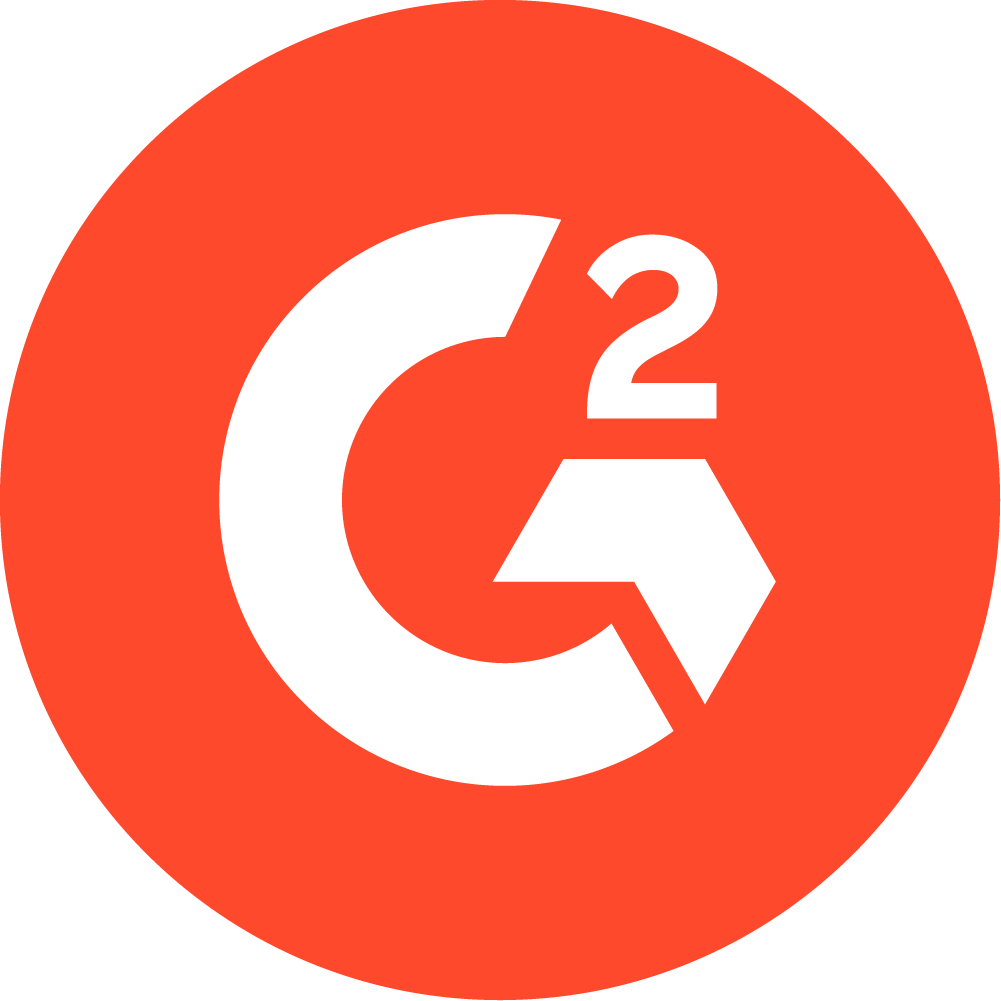Can You Ever Use an Unspecified ICD-10 Code?
A discussion of when physical therapists can use unspecified ICD-10 codes. Click here to learn more about your ability to use an unspecified ICD-10 code.

Subscribe
Get the latest news and tips directly in your inbox by subscribing to our monthly newsletter
With five times as many codes as ICD-9, ICD-10 is certainly more specific. It’s no wonder, then, that the use of unspecified codes has become a common topic of discussion among healthcare professionals. Unspecified codes are incredibly common in coding with ICD-9. However, there’s a general consensus that using unspecified ICD-10 codes could prove detrimental. In addition to corrupting the reliability and validity of the data, the use of unspecified codes could lead to claim denials. With such implications weighing over their heads, many people have become fearful of unspecified codes. However, according to a report from Health Data Consulting’s (HDC) Joseph C. Nichols, “While it is true that we should be as specific as possible to assure the best quality information, most of the discussions around unspecified codes don’t really get at what ‘unspecified’ means relevant to codes let alone when they should or shouldn’t be used.” So, with that, let’s get specific with unspecified.
Unspecified Defined
According to a presentation by the National Association of Rural Health Clinics (NARHC), unspecified is defined as:
Coding that does not fully define important parameters of the patient condition that could otherwise be defined given information available to the observer (clinician) and the coder.
When described in this way, “unspecified” takes on an altogether different definition of “unspecified codes.” “Unspecified” is simply coding that’s too vague when there’s actually information available that would allow for greater specificity. In this sense, yes, “unspecified” does have a negative connotation. “Unspecified codes,” however, are actual ICD-10 codes that describe diagnoses, but instead of containing specifics—such as laterality—the description of the code simply ends with “unspecified.” And herein lies the confusion. When does the use of an “unspecified code” correlate with the definition of “unspecified”? And when is it actually acceptable to use an unspecified code?
When to Use Unspecified Codes
According to NARHC and HDC, the following are instances in which an unspecified code may be acceptable:
- The patient may be early in the course of evaluation, meaning the clinician may not yet know enough to apply a more specific code
- The claim may be from a provider who is not directly related to the diagnosis of the patient’s condition
- The clinician seeing the patient may be more of a generalist who is not able to define the condition at a level of detail expected by a specialist
For specific examples of these instances, scroll to page eight of this report. You may be wondering: in the abovementioned instances, why not select a more specific code even if the practitioner doesn’t necessarily have all the facts? As HDC’s Nichols explains, “Forcing coders to use a ‘specified’ code may result in the unintended consequence of creating misinformation that assumes something is true when there is no real evidence to support that level of specificity.” As a result, the patient might receive a diagnosis that isn’t truly representative of their condition. That affects treatment going forward as well as the historical accuracy of that patient’s health record.
When Not to Use Unspecified Codes
Again, according to NARHC and HDC, practitioners should avoid unspecified codes when:
For specific examples of when not to report, scroll to page nine of this report.
Ultimately, like patient documentation, coding is about justification. If you’re simply selecting an unspecified code as a time-saving measure, or if you pause to wonder whether that unspecified code is appropriate for a particular diagnosis, then you probably shouldn’t use it. If you have questions or doubts, your payers likely will, too. After all, they need justification to reimburse you for your services.








